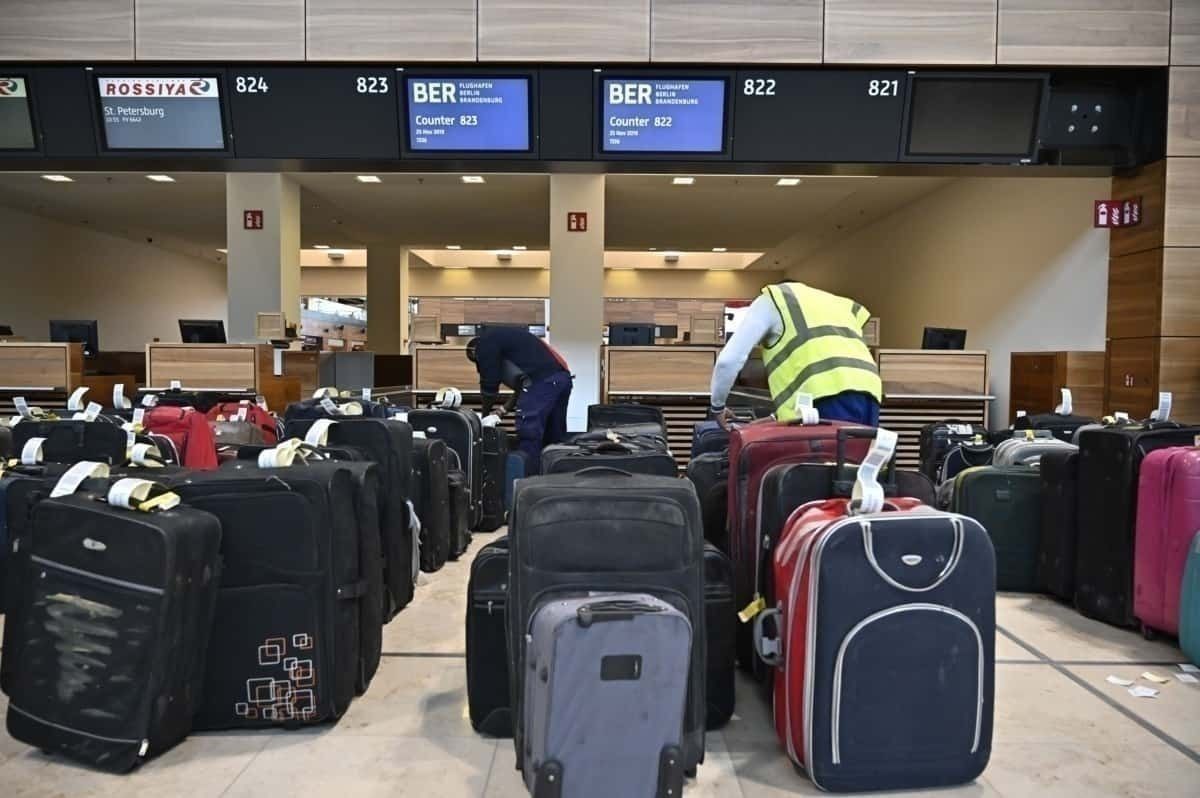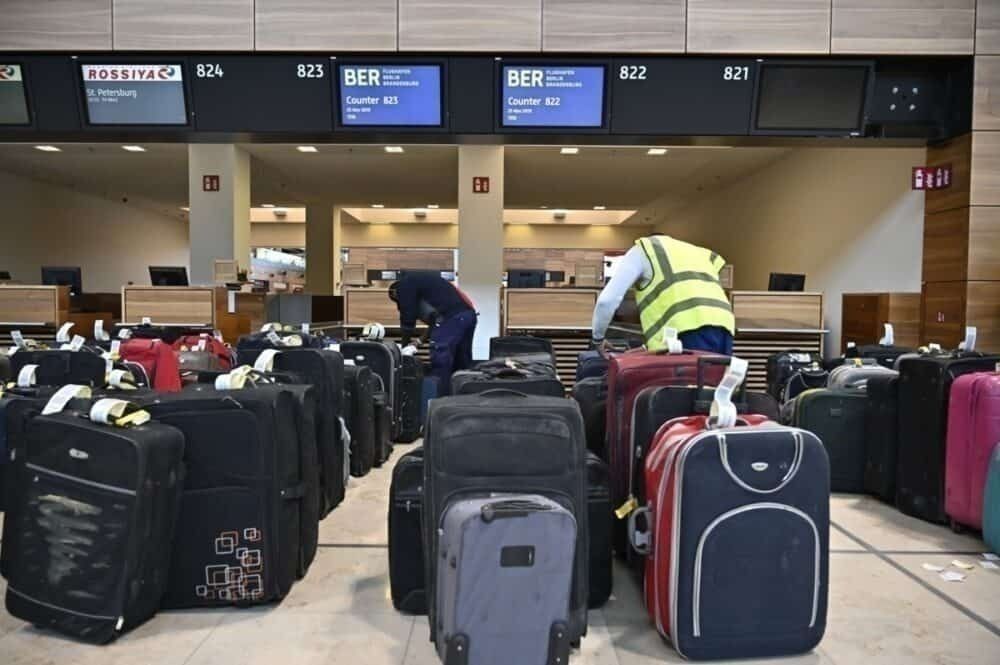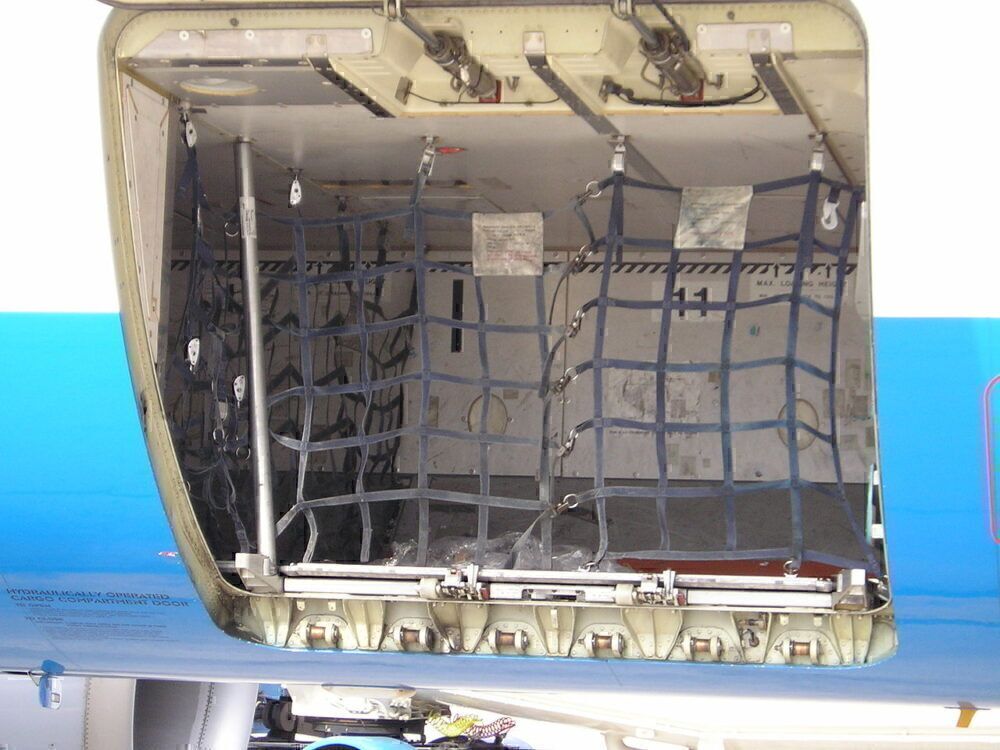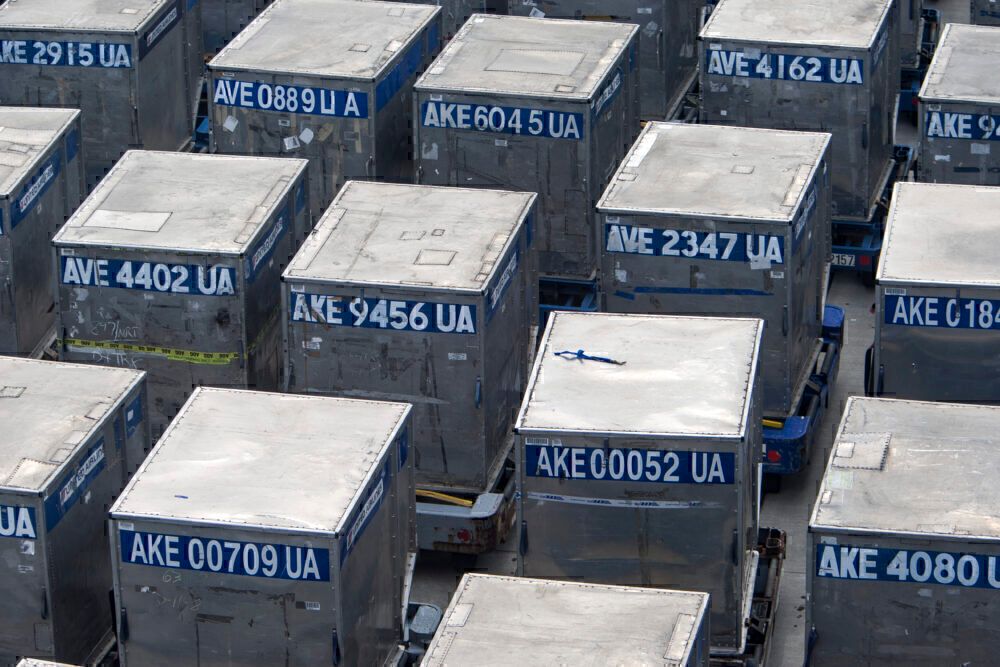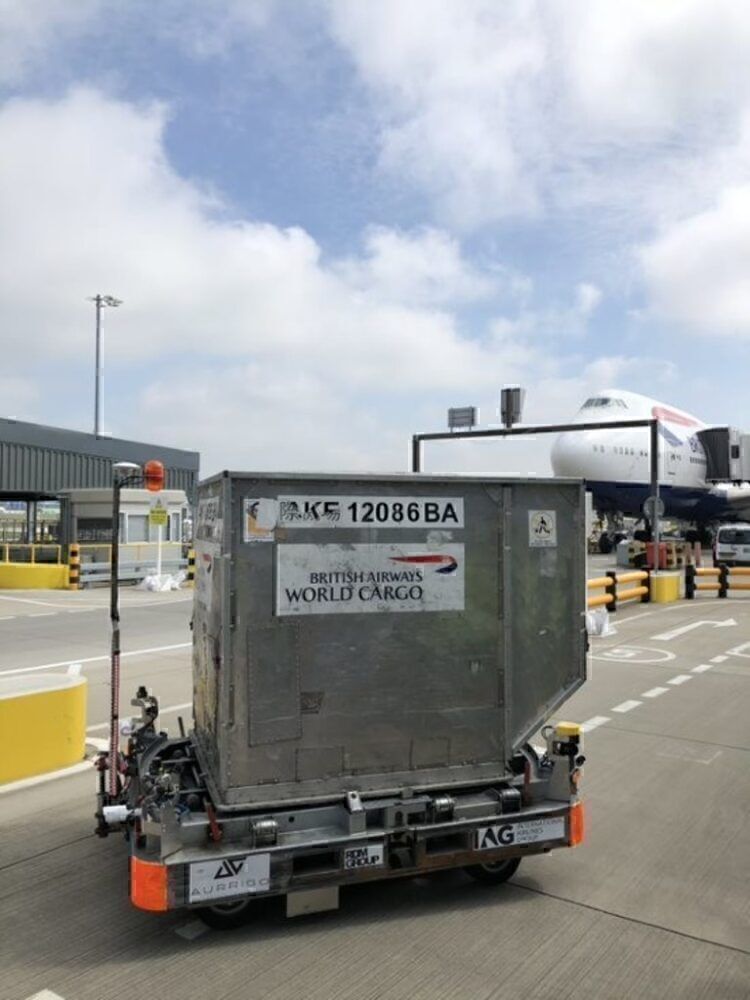Baggage handling is a major part of airline and airport daily operations. Often, all we ever hear about, though, is when it goes wrong. Perhaps our bags failed to arrive at our destination, or we read about a complete failure of the baggage system. This article explores how bags are handled at airports and how they make it to the hold.
Baggage Handling Systems
Most airports have some form of a Baggage Handling System that takes bags from check-in counters or baggage drop areas to a storage or loading area. Some very small airports may still handle baggage from check-in manually, but an automated conveyor system is now standard at almost all airports,
The basic operation of these is similar to when they were first conceived in the 1970s, but they have become much more complex and larger. Bags will be tagged (usually with a barcode), scanned, and then transferred by a conveyor system to the appropriate location. It may head straight to a loading area for a flight or a storage area if there is a long waiting time.
The system will also handle blockage detection and regulate the flow of bags. Many can also align and rotate bags. These have evolved over the years, and many will now incorporate baggage screening for customs and explosives detection. Some also now use RFID tags for bags instead of barcodes.
Take a look at this video for an inside view of the extensive system in place at London Heathrow's Terminal 5.
Loading baggage into the hold
The Baggage Handling System sorts and moves the bags, but loading them into the aircraft hold remains a mainly manual task.
On smaller, narrowbody aircraft, bags are often loaded directly into the aircraft hold. This is known as manual or bulk loading. Such hold areas usually have nets or divided sections to spread out the luggage and balance weight.
Container-based loading is more efficient and is usually used for widebody aircraft. Some narrowbodies, including the A320 family, do have smaller containers available as well. This is a more efficient way of loading, and not just for the utilization of space. Containers can be loaded before the aircraft arrives, speeding the turnaround process. And at hub airports, they can be easily moved between aircraft.
A variety of containers
Containers are known as Unit Load Devices (ULD) and come in various sizes for different aircraft. These are designed to fit into the hold space and be locked in.
Many are interchangeable between aircraft, easing transfers, cargo operations, and ground management. The most common container is the LD3. This fits the hold space on the Boeing 747, 777, and 787, as well as all Airbus widebody aircraft. There is also a larger LD1 container for the 747 and a smaller LD2 for the 767.
Automating the loading
A few years ago, we would have said that no matter how sophisticated the Baggage Handling System, bags still needed to be sorted and delivered to the aircraft. This is changing though now, with further automation being trialed by airlines.
British Airways began trialing automated luggage delivery at Heathrow in late 2019. This uses automated carts to take the loaded baggage direct from the Baggage Handling System to the aircraft. This helps reduce costs in baggage handling, as well as lower carbon emissions. The trial gathered useful data, but scaling it up to full operation at a busy airport is some way off.
The Japanese airline ANA has also carried out a small-scale trial of a fully autonomous baggage system in early 2020.
Would you like to discuss any aspect of baggage handling or technology used in this area? Let us know in the comments.

